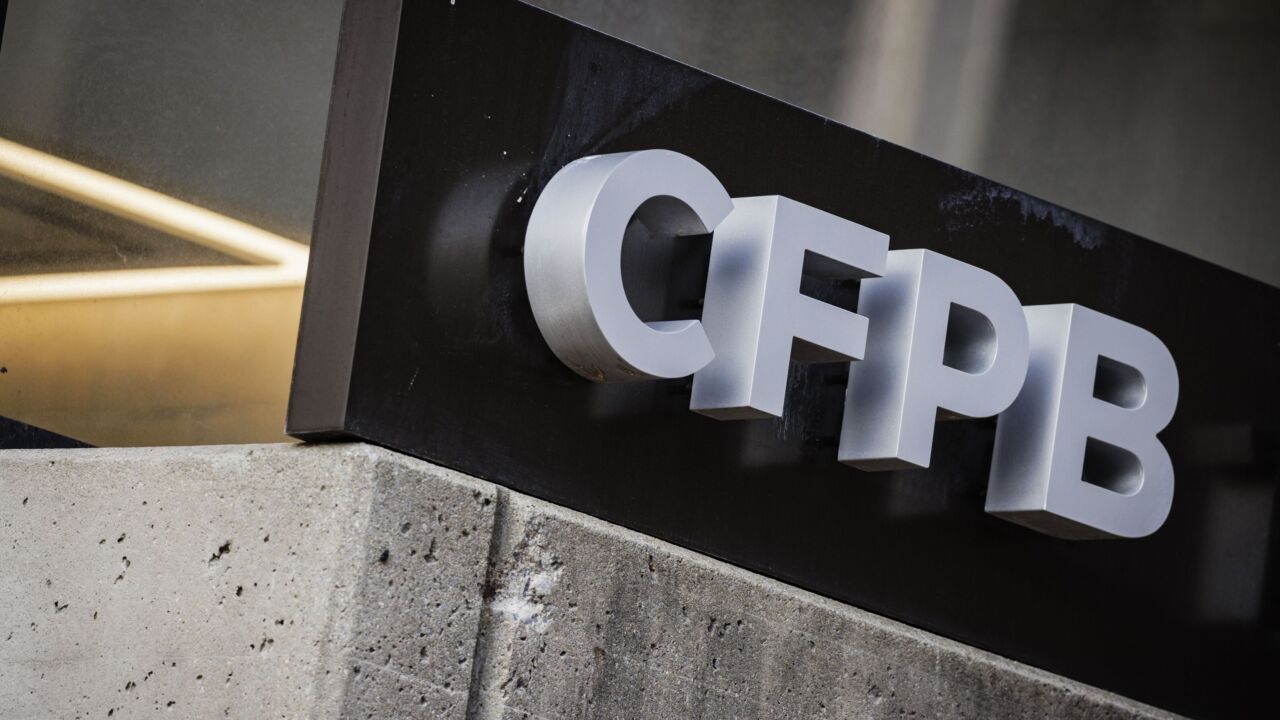Uber is a lot more than a ride-sharing app — it is also one of the most disruptive forces in payments.
Its achievements include creating a seamless payments experience that allows riders to travel without needing a card or cash; and a cobranded credit card account that allows people to apply for and manage the card without ever leaving the Uber app. Its Asian rival, Grab, has already gone much farther in operating its own financial services arm.
Uber's influence is set to pick up even more speed in what is expected to be the world’s largest IPO, valued at
However: In its
The company breaks down its business in three main product lines: 1) Personal mobility (ride share, scooters and bikes); 2) Meal delivery (Uber Eats); and 3) Logistics (Uber Freight).











